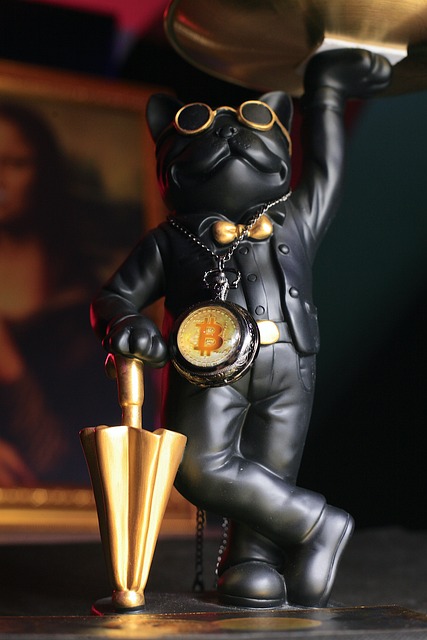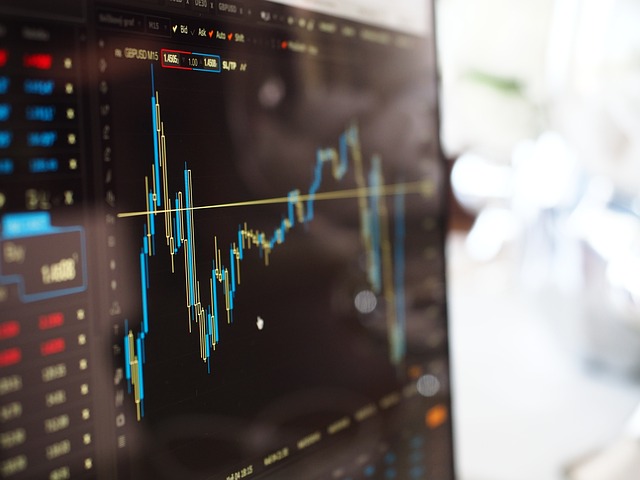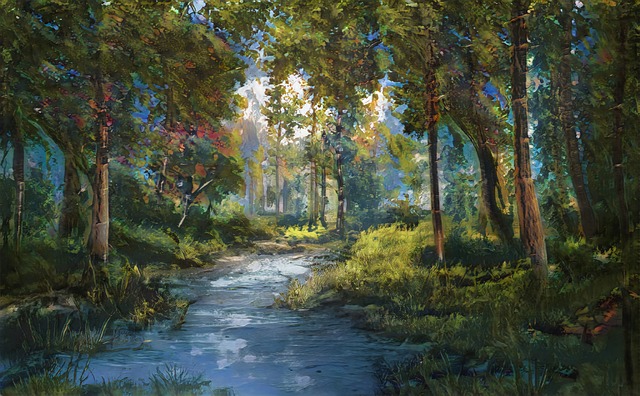This digital age has brought about a plethora of ways to consume and engage with art, music, and other creative content. One of the most exciting developments in this space is the rise of NFTs (Non-Fungible Tokens). In recent years, NFTs have gained significant traction, not only among artists but also among collectors and enthusiasts alike. But what exactly are NFTs, and how do they fit into the broader ecosystem of decentralized finance (DeFi)? To better understand this phenomenon, let’s delve into the world of NFTs and explore their applications beyond art and music.
NFTs are unique digital assets that can be bought, sold, and traded. They represent ownership of a specific item, such as a piece of art, music, or even a collectible. What sets NFTs apart from traditional digital goods is their scarcity and provenance. Each NFT has a unique identifier, which serves as proof of its authenticity and ownership.
So, how do NFTs work? The process typically involves creating an NFT using a blockchain-based platform, such as Ethereum or Flow. This platform uses smart contracts to ensure the integrity and security of the transaction. Once created, the NFT can be minted and sold to collectors and enthusiasts.
But NFTs aren’t just limited to art and music. They can also be used in various other applications, such as gaming, virtual reality (VR), and even social media. For example, some artists are using NFTs to create immersive experiences that blend physical and digital elements.
One of the most exciting aspects of NFTs is their potential to disrupt traditional industries. For instance, music streaming services could be transformed by allowing artists to own and control their music content. Similarly, social media platforms could be revamped by introducing blockchain-based verification systems.
However, NFTs also raise several concerns, such as scalability, usability, and accessibility. As the market continues to grow, it’s essential to address these issues to ensure that NFTs remain a viable option for creators and collectors alike.
In conclusion, NFTs have opened up new avenues for creative expression and digital ownership. As we move forward, it’s crucial to continue exploring their potential applications and addressing the challenges they pose. By doing so, we can unlock a more inclusive and equitable digital ecosystem that benefits artists, collectors, and enthusiasts alike.
NFTs are just one piece of the larger puzzle that is DeFi, a decentralized finance ecosystem that aims to democratize access to financial services. To learn more about how NFTs fit into this broader ecosystem, check out our resource on Decentralized Finance and DeFi.
How to Create an NFT: A Step-by-Step Guide
1. Choose a blockchain platform: There are several platforms that support NFT creation, including Ethereum, Flow, and Polkadot. Research each option to determine which one best suits your needs.
2. Select a digital art tool: You’ll need a software or app that can help you create and edit your digital artwork. Some popular options include Adobe Illustrator, Blender, and Autodesk Sketchbook.
3. Set up a cryptocurrency wallet: You’ll need a secure way to store and transfer funds. Consider using a reputable exchange like Coinbase or Binance.
4. Connect to the blockchain platform: Use your digital art tool to create and edit your artwork. Then, connect it to the blockchain platform you’ve chosen.
5. Mint your NFT: Once you’ve created and edited your artwork, mint it onto the blockchain using a smart contract. This will ensure that your NFT is secure and verifiable.
6. Promote your NFT: Share your NFT with friends, family, and social media platforms to get the word out.
NFT Marketplaces: Where to Buy and Sell
1. Rarible: One of the largest NFT marketplaces, Rarible allows you to buy, sell, and trade digital art and collectibles.
2. OpenSea: Another prominent marketplace, OpenSea offers a wide range of digital assets, including art, music, and collectibles.
3. SuperRare: This platform specializes in rare and unique digital artworks, making it a great option for collectors and enthusiasts.
NFT Investing: Risks and Rewards
1. Understand the market: Before investing in NFTs, research the market to understand its trends, supply, and demand.
2. Set a budget: Decide on a budget that you’re comfortable with and stick to it.
3. Diversify your portfolio: Spread your investments across different assets and artists to minimize risk.
4. Keep up with news: Stay informed about the latest developments in NFTs and DeFi to make informed investment decisions.
NFT Art: How to Create Your Own
1. Experiment with digital tools: Try out different software and apps to find what works best for you.
2. Develop your style: Practice creating art that reflects your unique perspective and vision.
3. Share your work: Showcase your art on social media platforms or online communities to get feedback and support.
4. Collaborate with others: Work with fellow artists, musicians, or writers to create new and exciting projects.
Conclusion
In conclusion, NFTs have opened up a new world of creative possibilities for artists, collectors, and enthusiasts alike. As we move forward, it’s essential to address the challenges they pose and continue exploring their potential applications. By doing so, we can unlock a more inclusive and equitable digital ecosystem that benefits everyone.
Tags:



